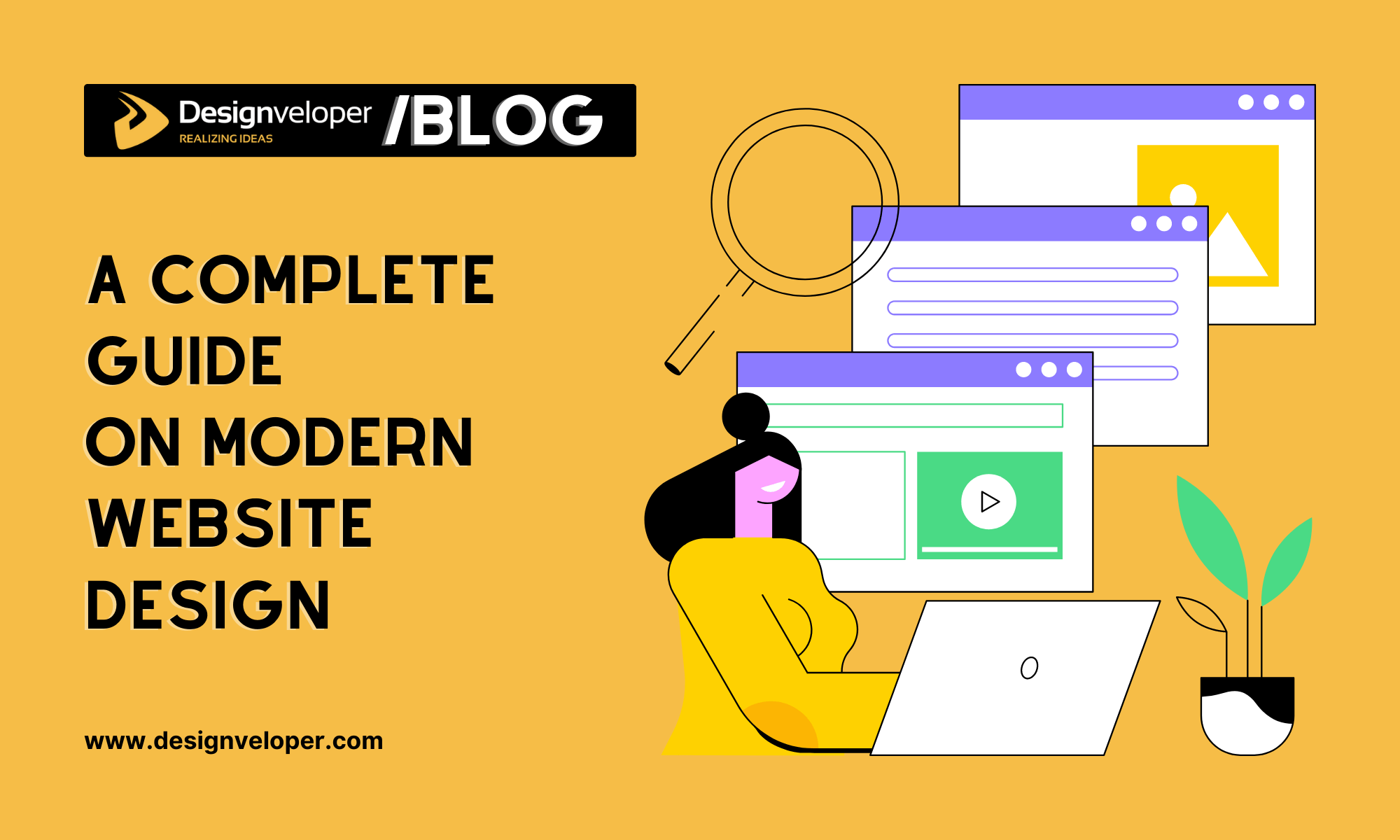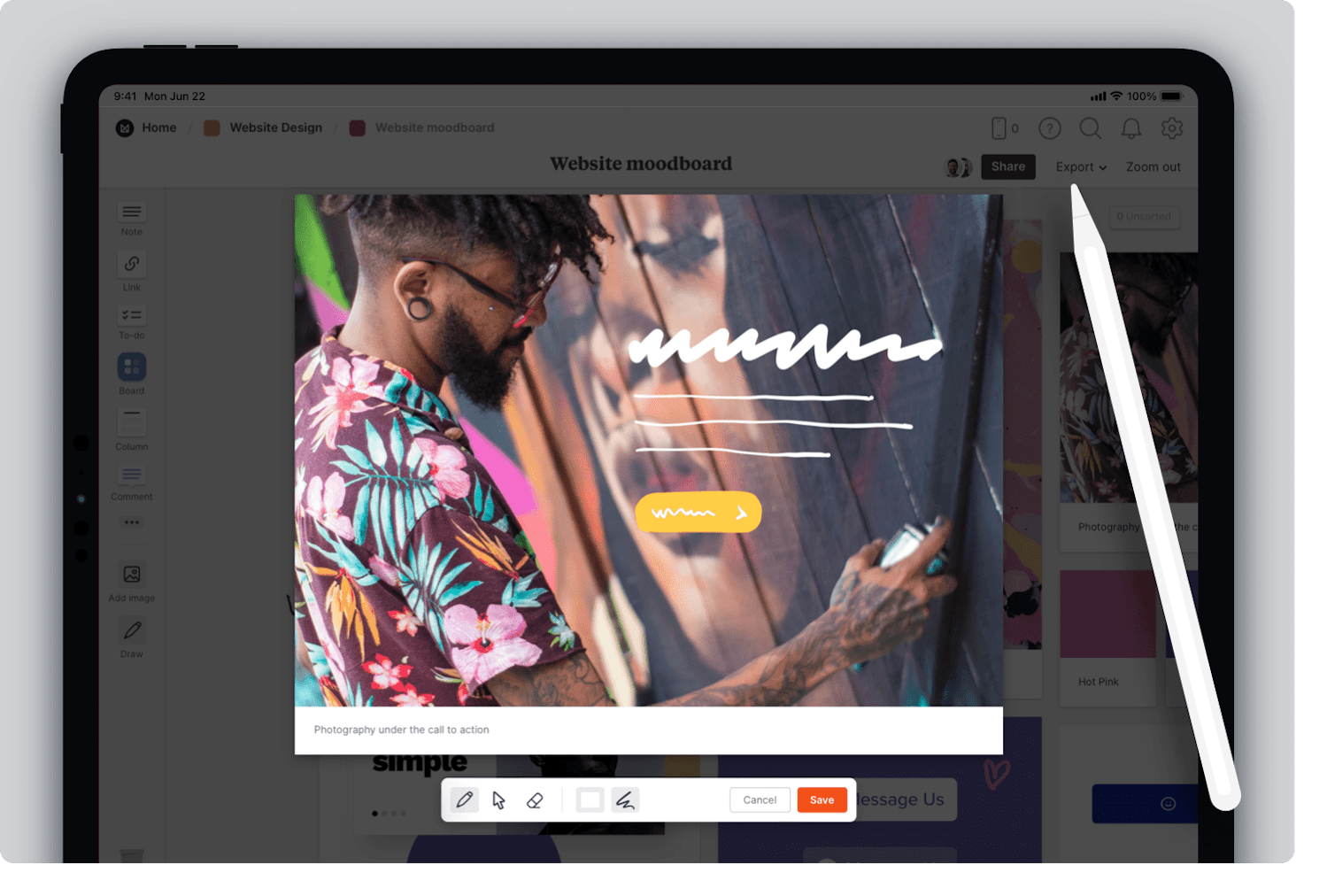The Importance of Mobile-Friendly Website Design
The Importance of Mobile-Friendly Website Design
Blog Article
The Ultimate Overview to Modern Site Design Trends
In the ever-evolving electronic landscape, modern-day site design fads play a critical duty in forming individual experience and interaction. From the rise of minimal layout principles that prioritize simpleness to the impact of strong typography in specifying brand identification, each component adds to a cohesive online visibility.
Minimalist Style Principles
Minimalist style principles highlight the concept that much less is much more, supporting for simplicity and functionality in visual communication. This method strips away unneeded aspects, concentrating instead on vital components that share the desired message effectively. By prioritizing clearness, minimalist layout boosts user experience, permitting visitors to navigate websites easily.
Core tenets of minimalist style consist of the use of sufficient white room, which produces a sense of equilibrium and company. This negative area not just guides the audience's focus to crucial elements but likewise promotes a relaxing aesthetic atmosphere. Furthermore, a limited shade palette is usually used, utilizing soft tones or single systems to preserve aesthetic communication and prevent frustrating the user.
Typography plays a critical duty in minimalist layout, where legible typefaces are picked for their simplicity and efficiency in interacting web content. Photos and graphics are utilized moderately, guaranteeing that they offer an objective as opposed to sidetrack from the general message. Eventually, minimalist design concepts grow a focused setting that urges individuals to engage with the content, improving the total effectiveness of contemporary site style. This fad mirrors a growing admiration for thoughtful, user-centric aesthetics in digital areas.
Bold Typography Selections
Embracing strong typography choices has come to be a specifying attribute of modern-day internet site design, as it properly captures attention and shares strong messaging. Developers are increasingly using typography not simply as a functional element however as a vital aesthetic component that improves the general aesthetic and individual experience.

Furthermore, the juxtaposition of vibrant typography with minimal style principles permits striking contrasts, improving readability while preserving visual allure. The use of whitespace around bold message additionally emphasizes its importance, ensuring that the message resonates with the target market.
As electronic landscapes become extra affordable, leveraging bold typography enables brands to differentiate themselves and leave an enduring impression. The mindful choice of fonts and their application can stimulate emotions, develop tone, and drive activity, making bold typography a crucial device in contemporary website design. Inevitably, it is a powerful means to enhance narration and make sure that crucial messages are not only seen but also really felt.
Receptive and Mobile-first Style
Receptive and mobile-first design has actually emerged as a crucial principle in modern-day internet site development, mirroring the raising reliance on mobile devices for accessing on the internet web content. As user habits shifts towards mobile browsing, developers should focus on developing experiences that adapt perfectly throughout different screen dimensions and resolutions.
A responsive style guarantees that an internet site automatically changes its layout, images, and functionality based upon the tool being made use of. This technique boosts individual experience by offering consistent navigation and readability, irrespective of whether the site visitor gets on a desktop, tablet, or mobile phone computer system. Mobile-first design advocates for creating web sites at first for smaller displays, ultimately scaling up to larger displays. This approach motivates a much more streamlined and reliable layout process, concentrating on essential web content and performance first.
Executing receptive and mobile-first principles not only accommodates user choices yet likewise lines up with search engine optimization (SEARCH ENGINE OPTIMIZATION) methods. Major online search engine, like Google, focus on mobile-friendly websites in their rankings, making it essential for businesses to adopt these layout strategies. In an affordable electronic landscape, embracing responsive and mobile-first style is not simply an alternative; it is necessary for guaranteeing ease of access and engagement with a diverse target market.
Involving Microinteractions
Microinteractions play a see this site critical function in improving customer involvement and overall website experience, particularly in the context of mobile-first and receptive layout. These refined style elements offer immediate responses to users, making communications a lot more satisfying and user-friendly. Examples consist of button animations, notice alerts, and packing indications, which YOURURL.com not only overview customers yet also produce a feeling of link with the interface.
Integrating appealing microinteractions can dramatically improve usability by decreasing cognitive lots. When customers obtain visual or acoustic responses upon executing activities, such as clicking a button or sending a type, they feel much more confident in their choices. This fosters a smoother navigation experience, ultimately boosting individual retention.

As website layout fads remain to develop, the importance of microinteractions can not be overstated. They act as the subtle yet powerful touchpoints that transform normal communications right into remarkable experiences, therefore elevating the overall efficiency of contemporary website design.
Lasting Website Design Practices
Lasting internet design methods are becoming progressively necessary as the electronic landscape grows and environmental worries increase. Designers and developers are recognizing their responsibility to produce websites that not only serve individual demands yet additionally minimize ecological effect. This technique encompasses a number of essential techniques.
To start with, optimizing energy consumption is extremely important. Websites need to be designed to pack swiftly and effectively, which minimizes web server power use and enhances customer experience. Strategies such as picture compression, decreasing HTTP requests, and utilizing contemporary coding techniques contribute considerably to this objective.
Second of all, picking environment-friendly holding providers is important - website design. Numerous hosting firms are currently powered by sustainable energy learn the facts here now resources, allowing websites to operate in a much more sustainable way. This selection mirrors a commitment to minimizing carbon impacts
Additionally, embracing a minimal style can enhance sustainability. Fewer elements on a page cause less information transfer, which not just speeds up filling times but also saves resources.
Lastly, advertising digital availability ensures that web sites get to a wider target market without unnecessary bloat, lining up user experience with ecological responsibility. By incorporating these lasting techniques, web developers can contribute favorably to both customer engagement and the planet's wellness.
Verdict
In summary, contemporary web site style patterns highlight the assimilation of minimal principles, strong typography, and receptive layout to improve user experience. Adopting these fads is essential for producing impactful digital experiences that reverberate with individuals in an increasingly affordable on the internet landscape.
In the ever-evolving digital landscape, contemporary web site design trends play a critical function in shaping user experience and involvement. By prioritizing clarity, minimal style enhances customer experience, allowing site visitors to navigate web sites easily.
Ultimately, minimal design principles grow a concentrated setting that urges individuals to involve with the content, improving the overall efficiency of modern-day site layout.Microinteractions play a critical function in enhancing individual interaction and total web site experience, particularly in the context of receptive and mobile-first design.In summary, contemporary site layout trends emphasize the integration of minimalist concepts, strong typography, and responsive style to boost customer experience.
Report this page